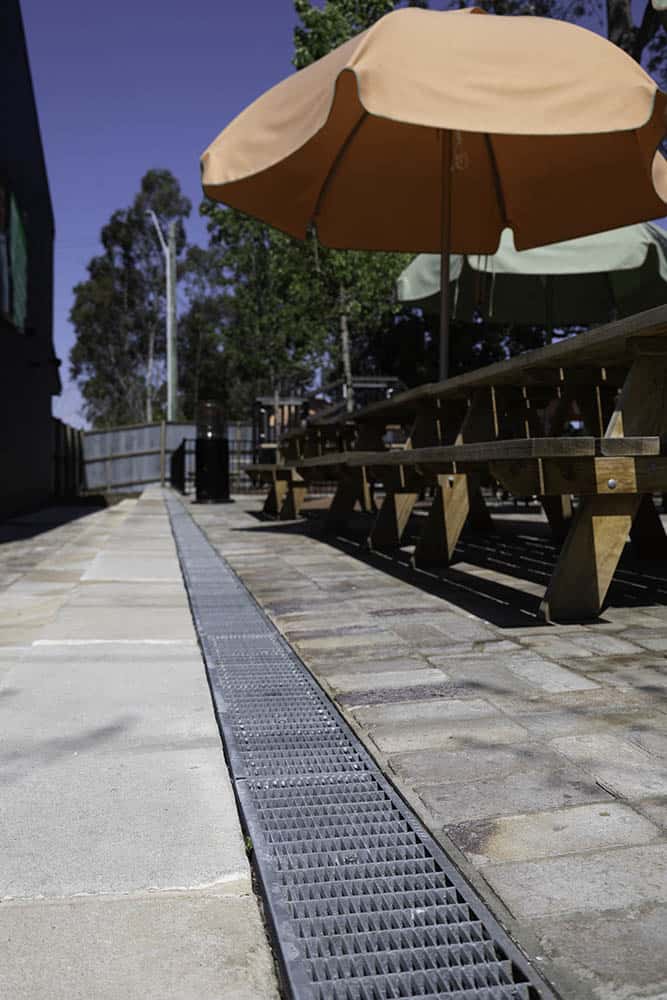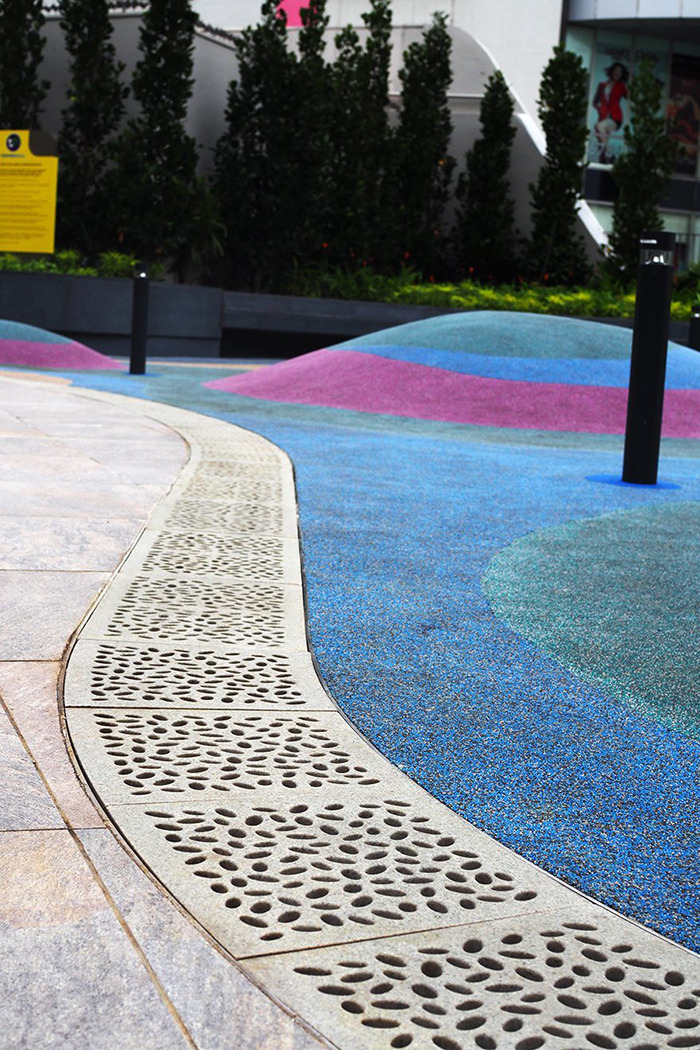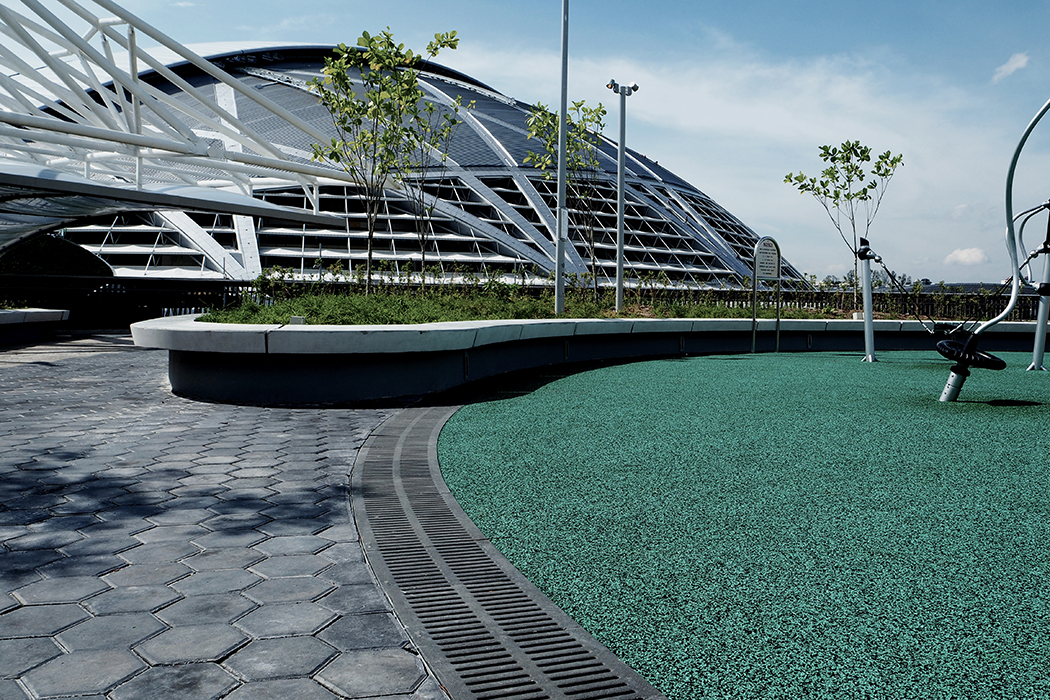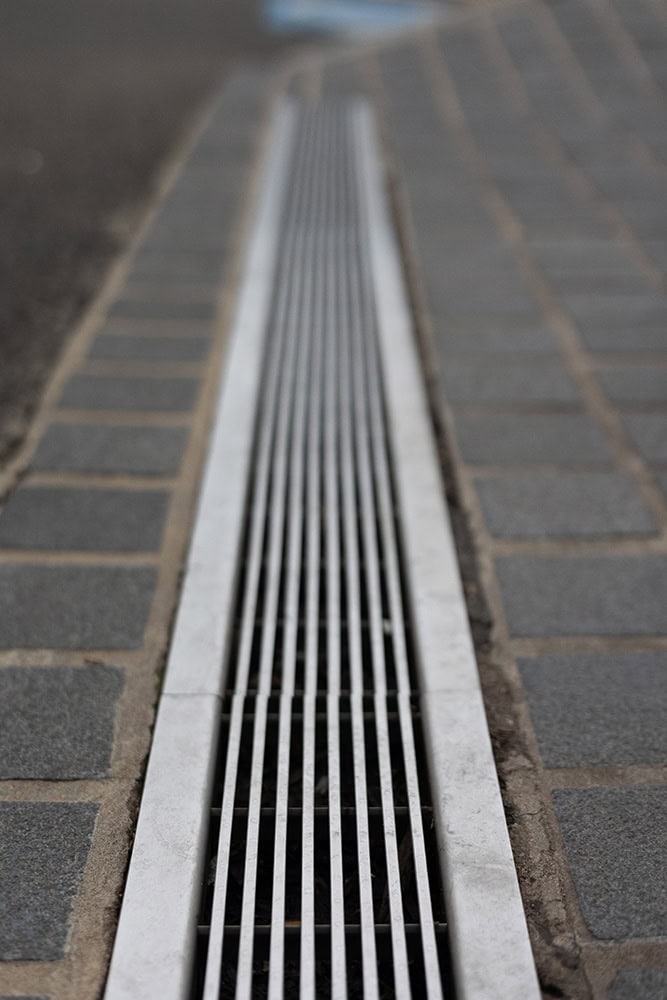Modern playgrounds have changed dramatically, introducing exciting new equipment and designs, and improved safety measures.
History of Playgrounds
The first playground was built in Manchester, UK after the concept was first formulated & developed in Germany around 1885. The first playgrounds were very simple, basically just giant sandboxes where children could play safely.
Swings, merry-go-rounds and similar structures were introduced at the turn of the century. These type of playgrounds were not the safest but were popular with children and adults.
Urbanization and industrialization in the 20th century created increased concern for public welfare. Playgrounds were considered a way to get children away from busy streets while developing physical health and social skills.
Although the development of playgrounds slowed around the 1930s/1940s due to war efforts, by the 1980s playgrounds had evolved into the standard playground we know now, with plastic equipment and safer design.
Selecting Playground Drainage Systems
Reliable, durable drainage systems are required in playground areas. An adequate system will be able to handle frequent foot traffic as well as efficiently drain standing water.
Standing water and ponding is a critical issue in a playground area. Standing water can lead to the growth of mold and other bacteria, creating a harmful environment for playground users as well as flora and fauna in the area.
Over time, inefficient drainage can have other affects on the area such as erosion.
Options for playground drainage include trench drains, slot drains or even sump pits.
Trench Drains
The traditional, reliable solution for most playground areas. Channels can handle large amounts of water run off, and are available with a large range of decorative grates to match aesthetics of the playground. Features such as lockdown or antislip nodules on the grates improve safety.
Slot Drains
A discreet solution, providing seamless aesthetics to the area. Unlike trench drains, slot drains do not have a grated cover; instead they have a slim, elongated slot that allows water to enter the drainage channel below. This design makes slot drains nearly invisible and less obtrusive.
To ensure longevity and safety of playground areas, adequate drainage solutions must be considered in the design stage. This allows time to select correct sizing as well as grate options. Custom grates may be designed to integrate playground aesthetics.
Effective drainage systems will help protect the equipment as well as the ground to ensure safer play and longevity.



